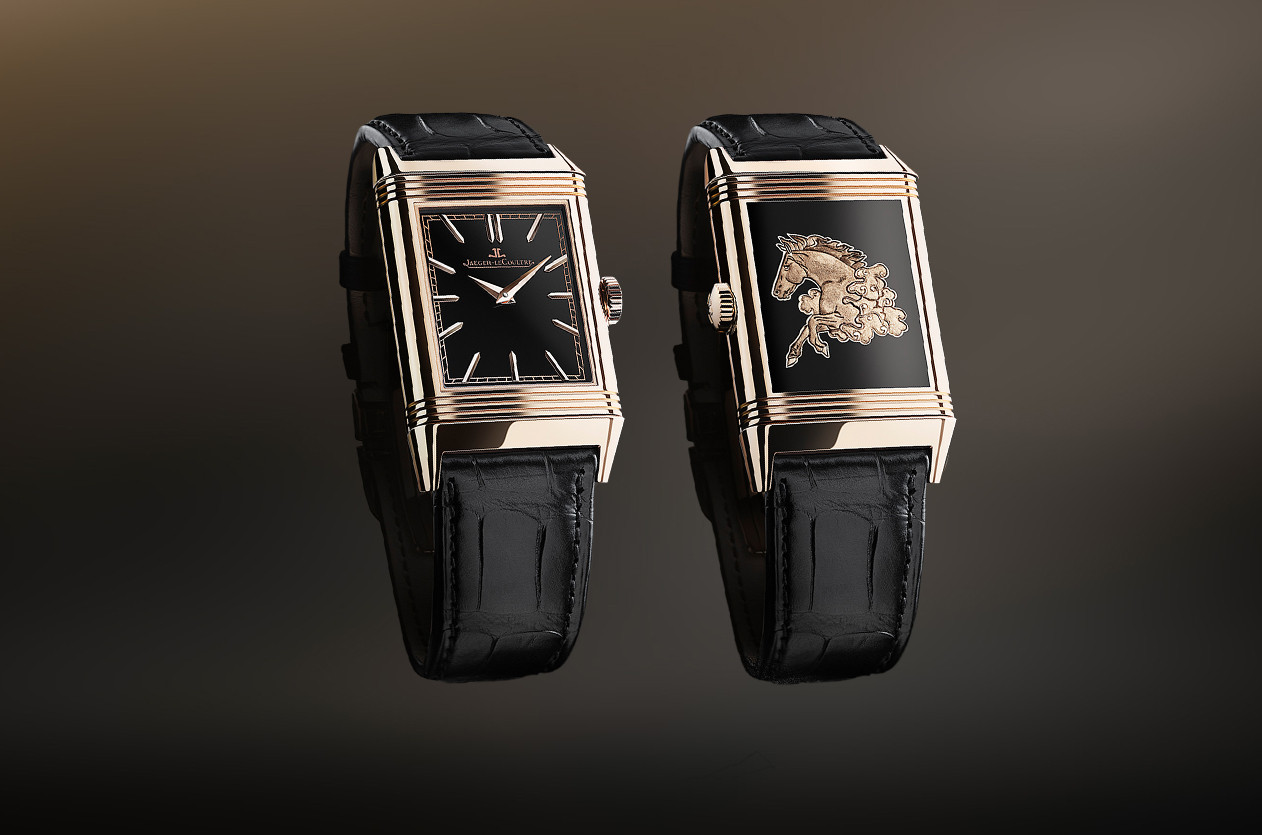
Introducing Jaeger-LeCoultre Unveils the Reverso Tribute Enamel Horse
Welcome to the hub of the horoloy
The à tact watch, also known as a tactile watch, is a type of timepiece that allows the wearer to perceive the time through touch rather than sight.
It was developed by Abraham Louis Breguet around 1795. The concept behind the à tact watch originated from the social etiquette of the late eighteenth century when it was considered impolite to overtly check one's watch in the presence of others.
The à tact watch features a unique complication where small knobs or markers representing the hours are positioned around the watch case. A large hand, or pointer, can be turned until it meets resistance, indicating the current hour. By feeling the position of the hand in relation to the markers, the wearer can determine the time by touch alone.
The term "à tact" is derived from the French word "tact" which means touch. This type of watch was designed to provide a discreet and tactful way of telling time.
Today, tactile watches continue to be used by individuals with visual impairments as a practical and accessible way to perceive the time. These watches often incorporate raised markers, braille, or other tactile features to aid in time-telling by touch.
 |  |

News Dubai Watch Week 2025 Will Be the Largest Ever with 90 Brands Participating
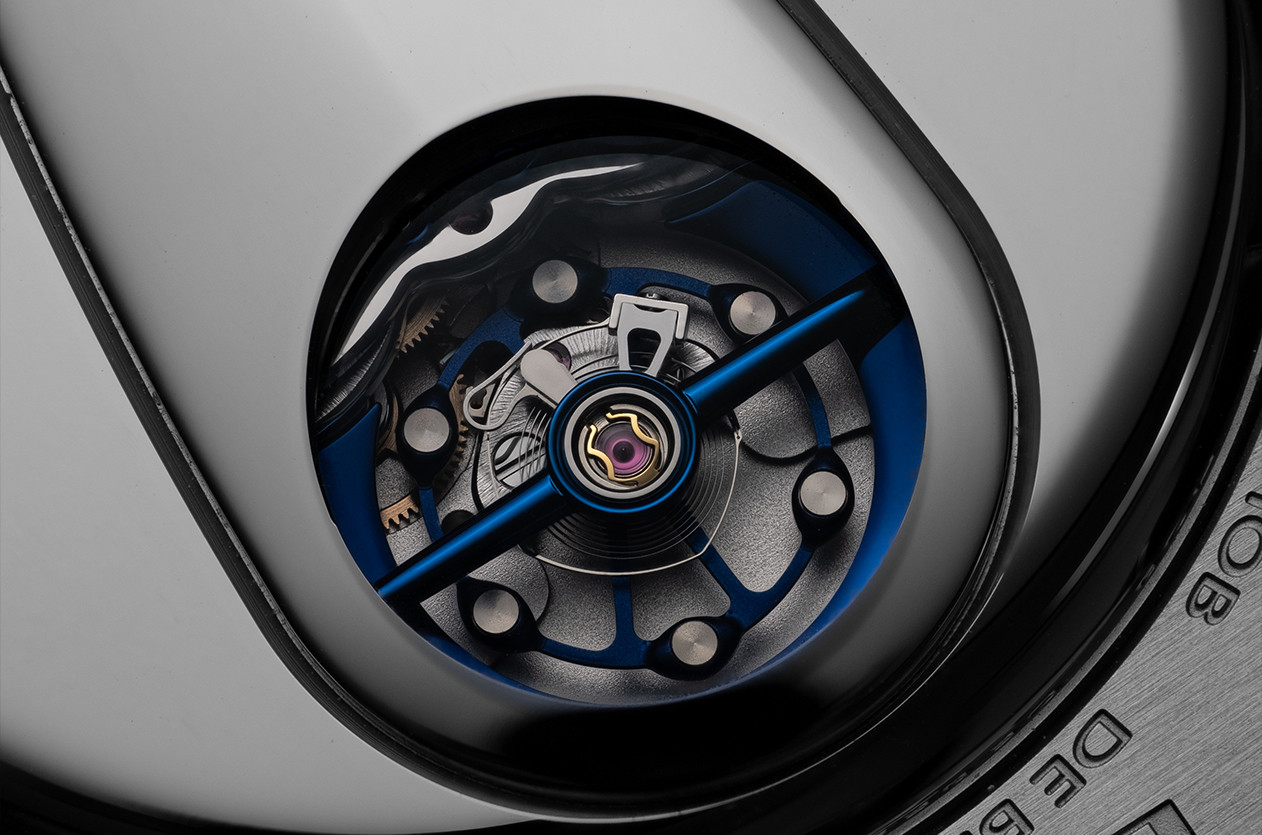
Technical The Frequency, Why It Matters in Mechanical Watches
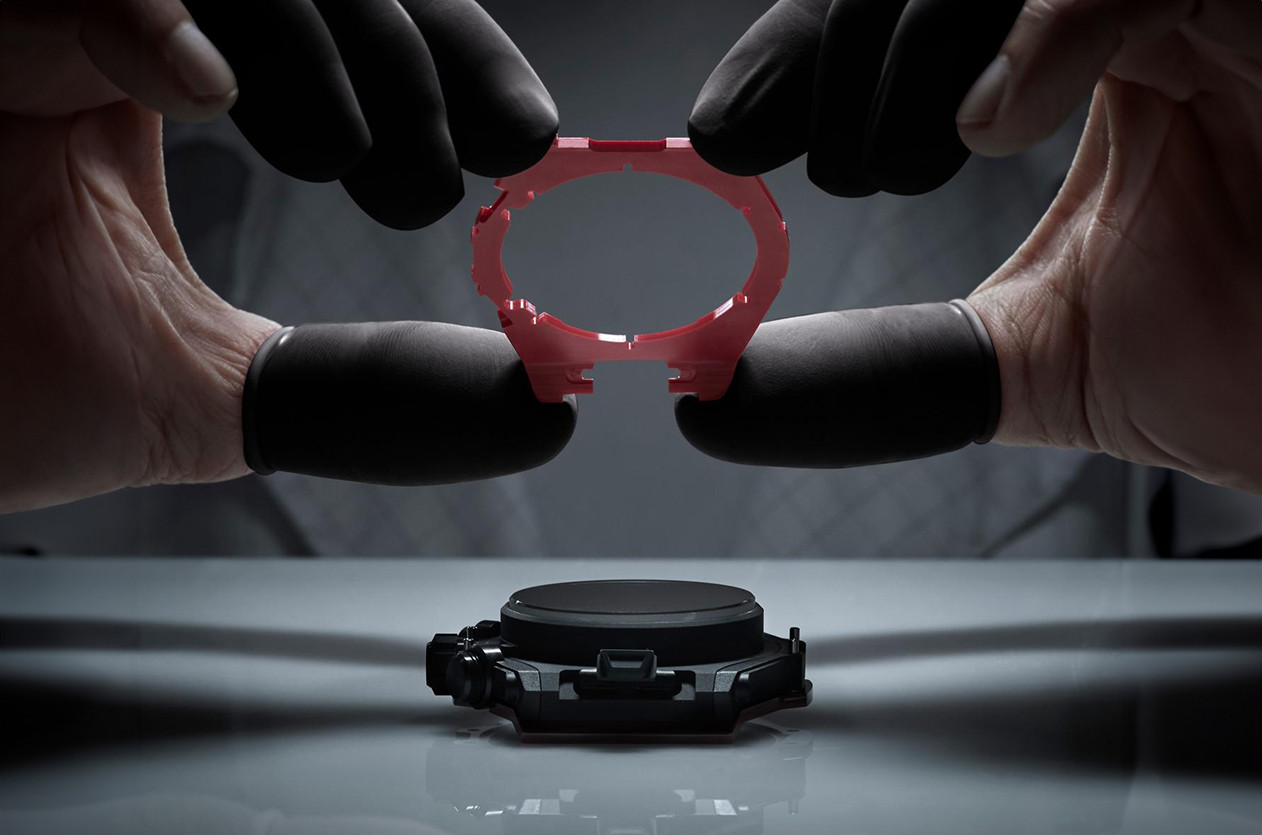
Editorial The Secrets of Watch Case Design

Editorial Abraham-Louis Breguet, The Father of Modern Horology
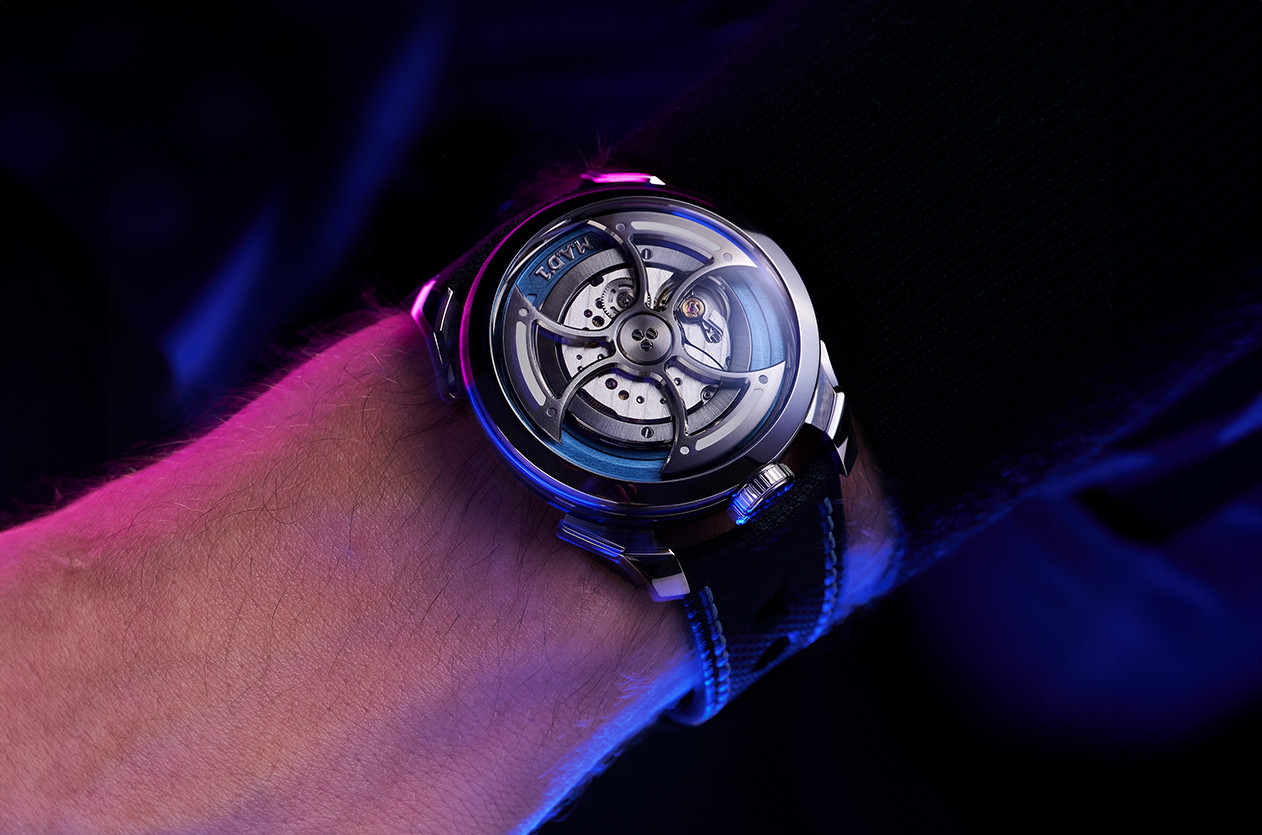
Introducing MB&F Unveils the New Generation of Its Famous Collection the M.A.D.1S
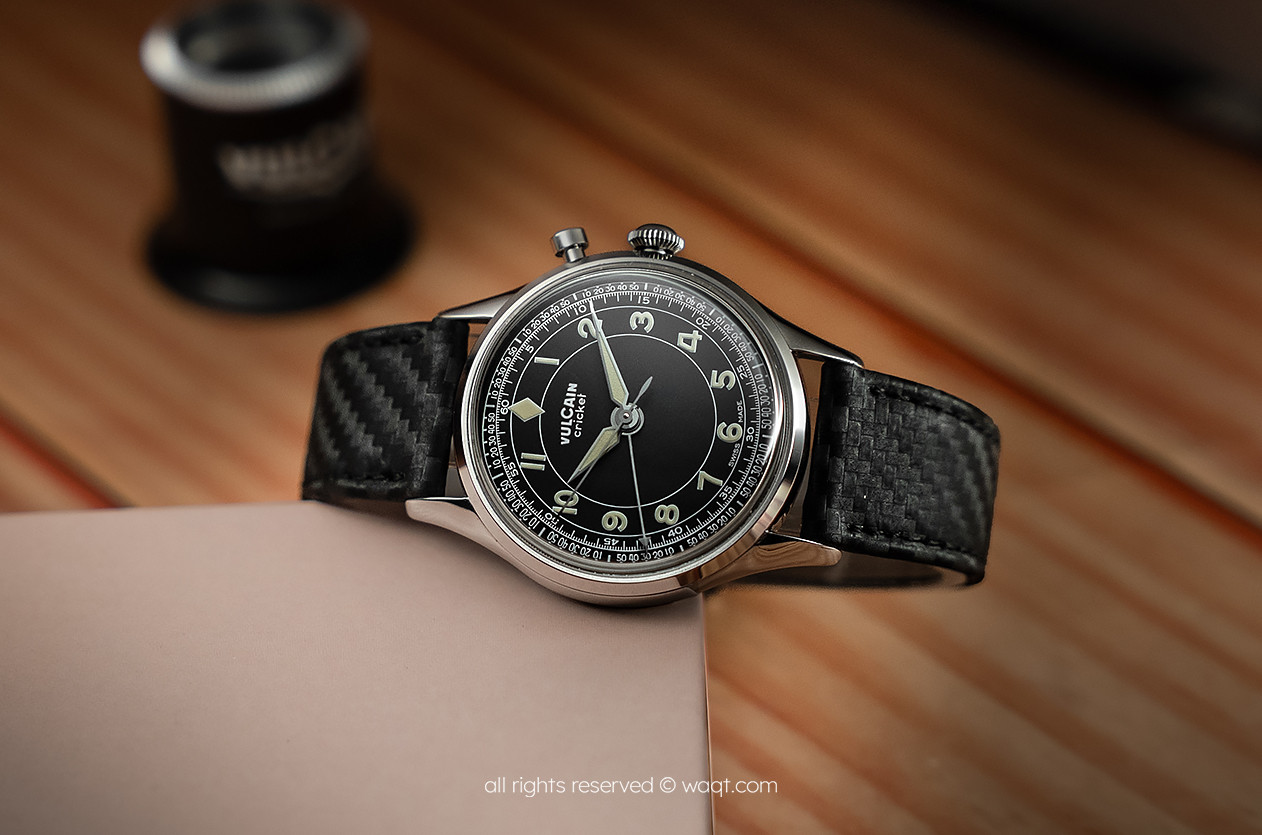
Hands on Vulcain Cricket Classic 39mm Black & Khaki